19 SEASONAL FRUITS AND VEGGIES TO EAT THIS FALL

Folks get especially hyped for summer’s sweet berries, but there’s more to fall than Halloween costumes and hay rides. From September to November, the autumn harvest brings a variety of healthful and delicious produce, from squash and sweet potatoes to grapes and pears. Heres our favorite all-star fall produce, along with each selection's nutritional benefits plus some tasty tips and tricks.
FALLING FOR FALL — YOUR ACTION PLAN
Almost all produce can be grown somewhere year-round, but trucking produce across the country (or across the world) ain’t easy. According to the USDA, buying local seasonal produce not only potentially reduces our carbon footprint and helps local economies, it might also result in more nutritious produce.
Fruits like apples, cranberries, and kiwis aren’t just rich in flavor — they offer essential vitamins and antioxidants, which boost immunity, slow aging, and may help fight cancer [1] [2] [3] [4].
On the veggie side, the entire cruciferous family — that’s the cabbage, rutabaga, and cauliflower gang — is in season and offers a compound known as glucosinolates, which may also have cancer-fighting potential. And who could forget about squash? These big, bright gourds offer healthy alpha- and beta-carotene, which promote good eyesight.
To get the best of what fall has to offer, keep track of what’s in season near you. Also, don’t be afraid to try something new. (Who knew leeks or figs would taste so good?) Check out our picks for fall’s best fare:
Apples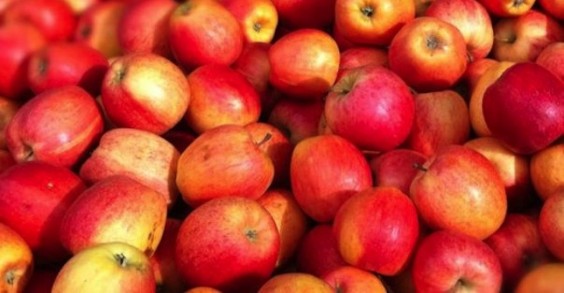
These sweet, crunchy fall favorites are packed with antioxidants, which may helpprevent chronic illness and slow aging [1]. Among popular apple varieties (and there are more than 7,500 different types of them!), Fuji apples have the highest concentration of antioxidants, phenolics, and flavonoids, while Cortland and Empire apples have the lowest [1]. Quince, a floral-flavored cousin of the apple, is also at its best in autumn and can be added to jams, jellies, and desserts — but is inedible raw.
Beets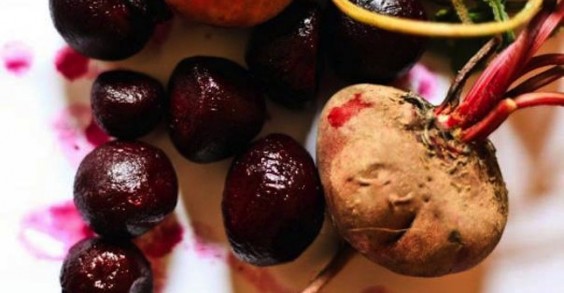
They may be available year-round, but beets are at their best in the fall. When selecting these reddish purple gems, look for firm, smooth bulbs and (if attached) bright, crisp greens. Be sure to trim these right away though, since they can leech the beets’ nutrients including betaine, a compound that may help prevent heart and liver disease, and nitrate, which may increase blood flow to the brain and potentially reduce risk of dementia [3].
Brussels Sprouts & Cabbage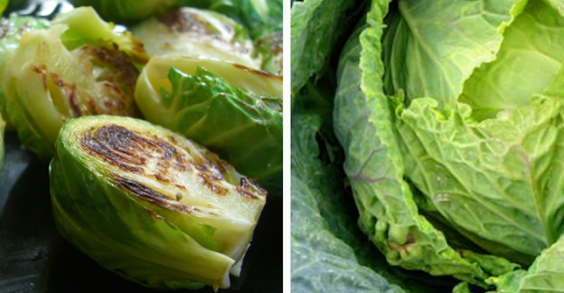
Packed with vitamins A and C, cabbage and its mini-me, Brussels sprouts, boast a high concentration of cancer-fighting glucosinolates, (which also lend these veggies their distinct flavor) [4]. With just a handful of ingredients and 20 minutes tops, we like our sprouts Greatist-style.
Cauliflower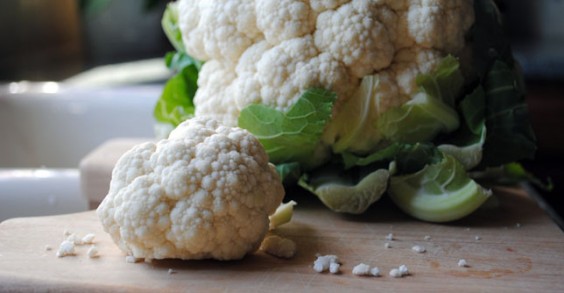 Photo: Caitlin Covington
Photo: Caitlin Covington
This snowy-white broccoli relative is rich in vitamin K, vitamin C, and fiber. Like other cruciferous relatives, cauliflower’s glucosinolates could also help prevent some types of cancer (specifically, lung) [9]. Unlike the other guys though,cauliflower’s stalks and leaves typically aren’t eaten, but the florets can be served raw or cooked.
Cranberries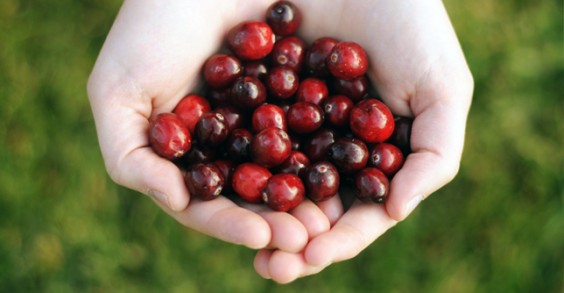
Between the size of a blueberry and a grape, cranberries are at their best October through November, though only 5 percent actually make it to the produce section(the other 95 percent are dried, canned, or turned into juice). Research suggests cranberry concentrate can help prevent urinary tract infections and fresh cranberries can prevent oral diseases and slow the growth of breast, colon, prostate, and lung cancers [10] [11] [12].
Figs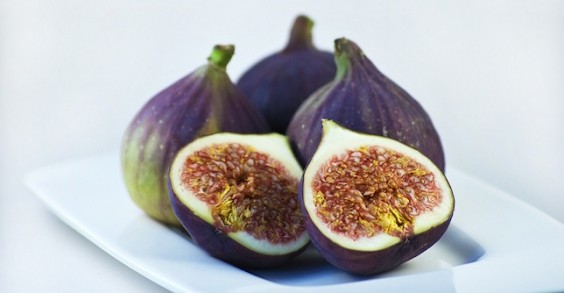 Photo: Rhino Neal
Photo: Rhino Neal
Though the fig hails from Europe, Africa, and Asia, Spanish monks brought the fruit to California, where it still grows today. Figs naturally have two harvests, a smaller one in the summer, and a larger, longer one in the early fall that yields even sweeter fruit. Plus, they’re a good source of iron, calcium, phosphorous, and (when dried) fiber. Try adding them in a seasonal salad along with apples and almonds.
Grapes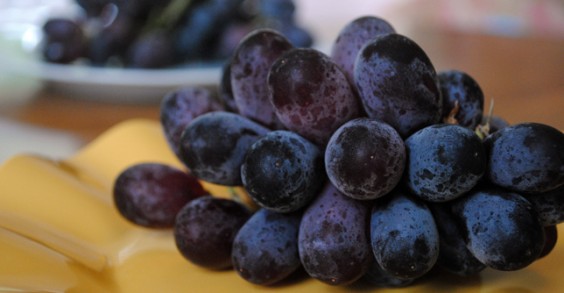 Photo: Caitlin Covington
Photo: Caitlin Covington
Red wine is celebrated for its health benefits, but it turns out grapes may offer many of the same bonuses, including reducing risk of blood clots, lowering bad cholesterol, and maintaining healthy blood pressure [13]. Plus, grapes are most definitely a better bet for the under-21 crowd or for a snack at the office. Like figs, grapes were brought to California by Franciscan Friars, and the Golden State is stillthe largest producer in the U.S.
Kiwis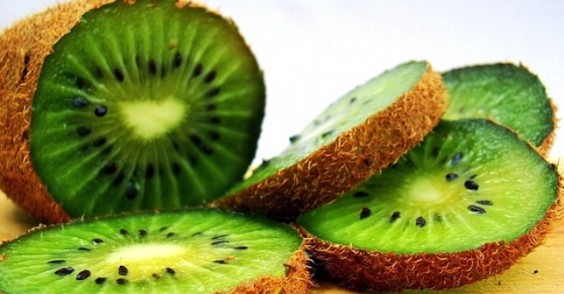 Photo: jonycunha
Photo: jonycunha
Native to New Zealand, the once “exotic” kiwi is actually a relatively recent transplant to the Land of Opportunity. This fuzzy little fruit was brought to California in the 1960s and flourishes there September through December. And with a hearty load of vitamins, kiwifruit may help support immunity just in time for cold season [14].
Leeks Photo: Caitlin Covington
Photo: Caitlin Covington
A relative of onions, leeks are available year-round, though their flavor is best during spring and fall. Resembling overgrown scallions, they’re an excellent source of prebiotics, which help regulate bowel function, and offer the subtle flavor of onions, minus the tears. To prepare, cut off the roots and the tops of the leaves; then slit them down the center lengthwise and rinse clean. Try braised leeks and mushroomsfor an especially seasonally appropriate dish.
Mushrooms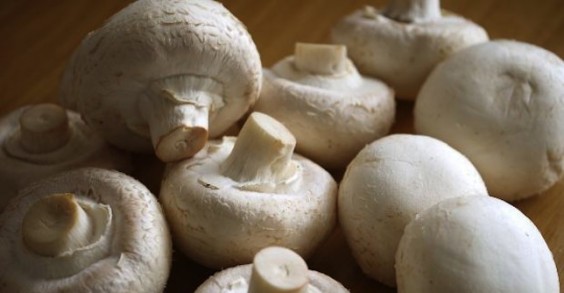
White button mushrooms might be the most recognizable ‘shrooms in the U.S., but local farmers are beginning to cultivate a wider variety of 14,000-plus species. Mushrooms are rich in niacin and riboflavin, and B vitamins uncommon in most other produce, which promote growth and red blood cell production and treat high cholesterol. Lentinan, a type of sugar molecule found in shitake mushrooms, may also slow the growth of colon cancer [15].
Pears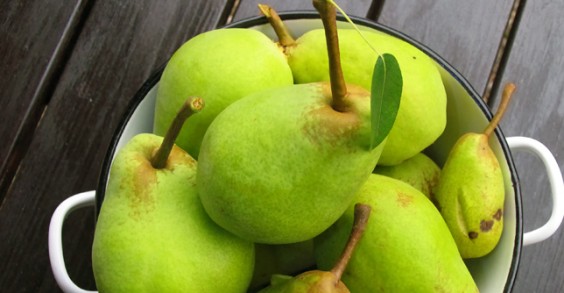
These sweet fruits fall into two major categories: European and Asian. In the U.S., the European varieties, Bosc and Bartlett, are most common, and grow on the west coast during fall. Like oatmeal and bran, pears are high in soluble fiber, which helps lower “bad” cholesterol, or LDL. To get that daily dose of fiber or to satisfy a sweet tooth, incorporate pears into anything from savory entrees to creative cocktail recipes.
Persimmons Photo: sweetbeetandgreenbean
Photo: sweetbeetandgreenbean
Resembling a bright orange peach wearing a leafy cap, most persimmons are imported from Asia, with a few American-grown species sprinkled about the Southeast. Just be warned: under-ripe persimmons can be extremely tart, so allow them to ripen at room temperature before eating. Compared to apples, persimmons can be considered a healthier option thanks to their fiber, antioxidants, and minerals [16].
Pomegranates 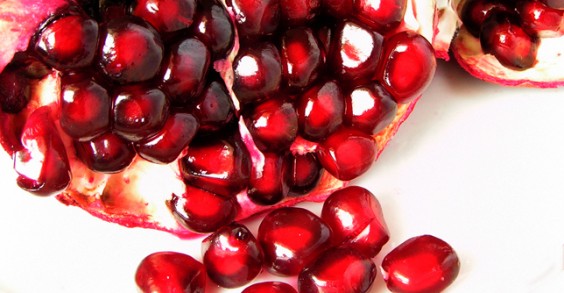
The fruit of ancient lore, pomegranates have health benefits that have only been recognized more recently (POM juice, anyone?). While much of the research has been inconclusive, some studies suggest the fruit’s antioxidants may reduce the risk of cardiovascular complications like heart attacks [17]. Early studies also suggest that pomegranate may help prevent breast and colon cancers, though results are far from conclusive [18]. These labor-intensive fruits can be a hassle to cook, but victory is sweet.
Pumpkins 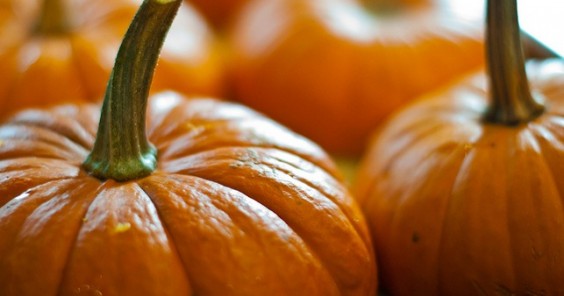 Photo: jefferysclark
Photo: jefferysclark
Though technically a member of the squash family, with their rich history and health benefits, not to mention their essential role in Halloween festivities, pumpkins earn their own spot on our list. Pumpkin offers a wealth of alpha- and beta-carotene, which can be converted into retinol to promote healthy vision and cell growth. Pumpkin seeds are also a good source of alpha-linolenic acid, an omega-3 fatty acid that may help those with heart disease, high blood pressure, or high cholesterol. Toast them up for a deliciously nostalgic treat!
Rutabagas and Turnips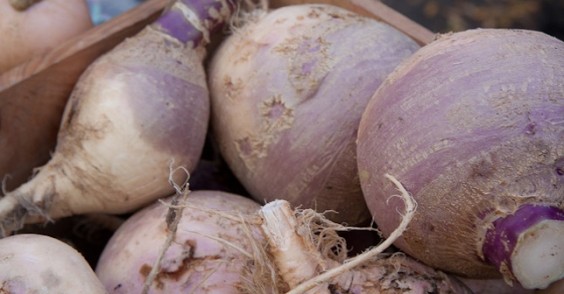 Photo: timsackton
Photo: timsackton
These cruciferous family root vegetables aren’t winning any beauty pageants with their bulbous shape and occasionally hair-like roots, but what they lack in looks they make up for in superpowers. Research suggests turnips and rutabagas may help reduce the risk of prostate and lung cancers [19] [20]. What’s more, turnip greens are agood source of calcium, and one cup of rutabaga offers a respectable 3 grams of fiber.
Squash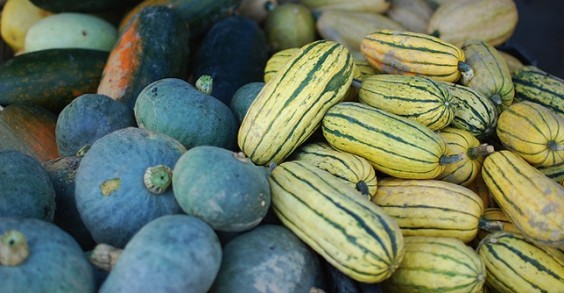 Photo: h-bomb
Photo: h-bomb
From festive calendars to Thanksgiving table centerpieces, squash is the poster food for autumn. Summer squash are still available locally until October in some parts of the country, and winter squash begin to crop up (pun intended) as summer squash heads out. This branch of the family offers acorn squash, which is rich in potassium and prevents muscles from feeling fatigued and weak, among others.
Sweet Potatoes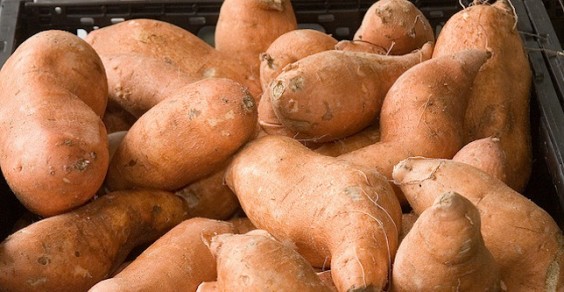 Photo: Wally Hartshorn
Photo: Wally Hartshorn
These orange beauties have the best flavor during fall, their peak season. Like squash, sweet potatoes are rich in and beta-carotene, which can prevent vitamin A deficiencies, promote healthy eyesight and generate retinol production [21].Sweet potatoes are also a good source of vitamin C, and when baked in their skin can pack nearly 5 grams of fiber.
Originally published on September 28, 2011. Updated September 2013.
What are your favorite fall fruits and vegetables? Share your thoughts in the comments below or get in touch on Twitter @greatist.
No comments:
Post a Comment